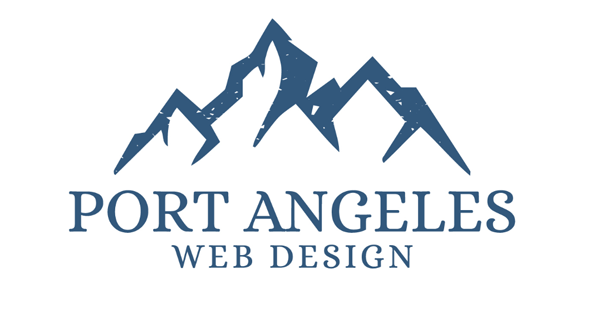Things you were never told about WordPress
Today, WordPress (WP) is the dominant Content Management System (CMS). In the beginning WP goal was to provide less tech savvy marketers and individuals with a way to get content online. What began as a blogging site, quickly grew to a platform for building basic websites. As popularity grew, more and more developers created ‘plug-ins’ that allowed WP owners to install prebuilt widgets with more functionality to their site. It also became a popular place for developers to contribute, and as a result, a community of developers and users grew who mutually benefited. This sharing and contributing grew WordPress into what it is today.
As with most technology, things change and evolve, and those not adapting and changing, lose their luster. Almost three (3) years ago, we moved away from using WordPress as our preferred CMS system for our small to medium business Clients. Why? Advancement in various internet protocols, and the growing sophistication and coding elegance of HTML and CSS has given rise to new CMS systems that allow for faster website development and much easier editing and updating tools for site owners.
Our decision not to use WP sites was also an issue of security - it takes a lot of ongoing maintenance and additional security measures (and costs). To maintain security, WP sites require almost monthly security updates. The more plugins you have, the more time you’ll spend installing updates. Access to WP admin is another continuous effort. Site owners often do not want or understand how to add and maintain the added security layers to their admin area.
One of the core attributes of a website that ranks well on the major search engines is usability. Google’s ranking algorithm is said to favor signals that indicate a website’s usability. How fast a web page loads impacts website traffic and bounce rate. Bounce rate is the percentage of visitors to a website who navigate away from the site after viewing only one page. Studies show that a site that loads slow has a much higher bounce rate. WordPress, mainly because of its heavy dependence on plugins, load slower. This is particularly true for people who use the FREE templates or go with the bargain prebuilt themes. These require additional plugins to get the functionality you want, and that’s where the load speed really drops. We found that you can’t beat working with a CMS platform that uses integrated Widgets that are developed to work together. WordPress just isn’t an effective CMS platform when you consider the time-consuming ongoing maintenance it requires keep the hackers out, while optimizing the pages to load fast. Our websites are hosted on Amazon Web Services business class servers, protected by the latest 2nd Generation SSL Certificates (HTTPS2), and the latest web code HTML 5.2. Our sites are Search Engine Optimized at launch and tested/verified for fast loading. Find out why our website design and development outshine the rest. Contact us for a FREE, no-obligation consultation.


360.320.0777
Port Angeles, WA
Island Internet Presence Consulting, LLC dba Port Angeles Web Design


